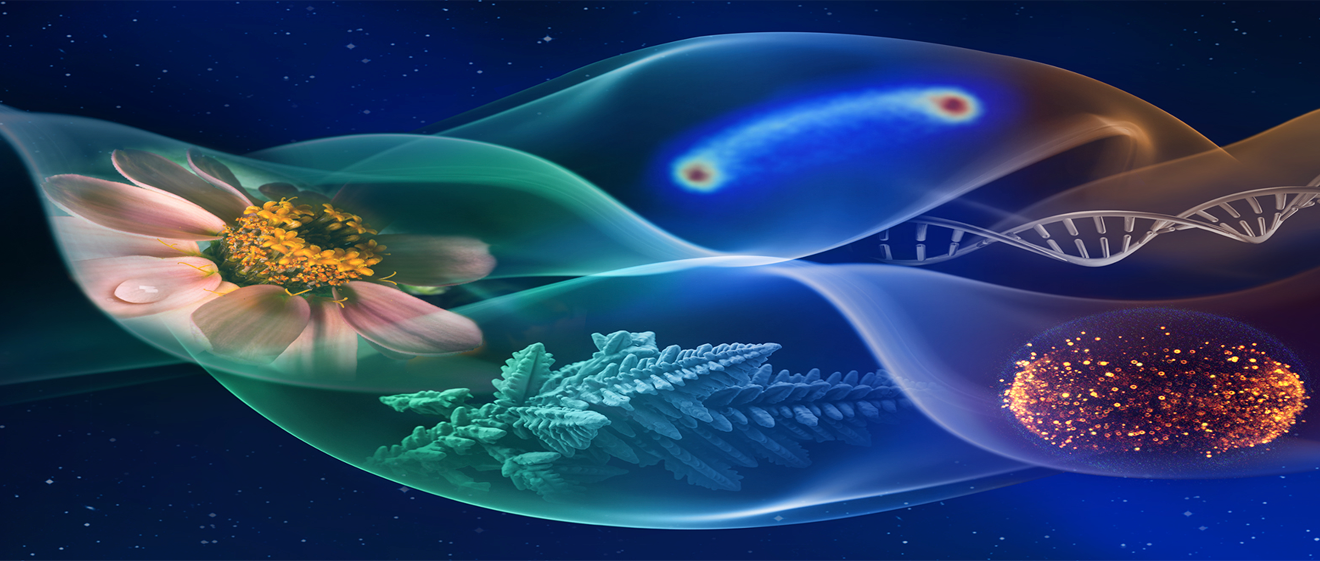
NASA announces the award of eleven grants or cooperative agreements for exciting new Space Biology research that will advance NASA’s understanding of how exposure to lunar dust/regolith impact both plant and animal systems.
As human exploration prepares to go beyond Earth Orbit, Space Biology is advancing its research priorities towards work that will enable organisms to Thrive In DEep Space (TIDES). The ultimate goal of the TIDES initiative is to enable long-duration space missions and improve life on Earth through innovative research. Space Biology supported research will enable the study of the effects of environmental stressors in spaceflight on model organisms, that will both inform future fundamental research, as well as provide valuable information that will better enable human exploration of deep space.
Proposals for these eleven projects were submitted in response to ROSES-2022 Program Element E.9 “Space Biology Research Studies” (NNH22ZDA001N-SBR). This funding opportunity solicited ground studies using plant or animal models (or their associated microbes) to characterize the responses of these organisms to lunar regolith simulant similar to that found at NASA candidate landing sites for future lunar exploration missions. This funding opportunity represents a collaboration between the Space Biology Program and NASA’s Astromaterials Research and Exploration Science (ARES) Division within the Exploration Architecture, Integration, and Science (EAIS) Directorate at the NASA Johnson Space Center, who will be supplying the lunar regolith simulant required for these studies.
Selected studies include (but are not limited to) efforts to 1) test the ability of lunar regolith to act as a growth substrate for crop-producing plants including grains, tomatoes and potatoes, 2) understand how growth in lunar regolith influences plant and microbial interactions, and how in turn, these interactions affect plant development and health, 3) identify and test bioremediation methods/techniques to enhance the ability of regolith to act as a growth substrate, and 4) understand how lunar dust exposure impacts host/microbial interactions in human-analogous model systems under simulated microgravity conditions.
Eleven investigators will conduct these Space Biology investigations from ten institutions in nine states. Eight of these awards are to investigators new to the Space Biology Program. When fully implemented, approximately $2.3 million will be awarded in fiscal years 2024-2027.
Plant Research Investigations
Simon Gilroy, Ph.D. University of Wisconsin, Madison
Tailoring Lunar Regolith to Plant Nutrition
Aymeric Goyer, Ph.D. Oregon State University
Growth, physiology and nutrition dynamics of potato plants grown on lunar regolith
simulant medium
Christopher Mason, Ph.D. Weill Medical College of Cornell University
Leveraging the microbes of Earth’s extreme environments for sustainable plant growth
in lunar regolith
Thomas Juenger, Ph.D. University of Texas, Austin
Engineering plant-microbial interactions for improved plant growth on simulated lunar regolith
Plant Early Career Research Investigations
Miranda Haus, Ph.D. Michigan State University
The sources and extent of root stunting during growth in lunar highland regolith and its impact on legume symbioses
Joseph Lynch, Ph.D. West Virginia University
The metabolomic impact of lunar regolith-based substrate on tomatoes
Jared Broddrick, Ph.D. NASA Ames Research Center
Phycoremediation of lunar regolith towards in situ agriculture
Shuyang Zhen, Ph.D. Texas A&M AgriLife Research
Investigating the impact of foliar and root-zone exposure to lunar regolith simulant on lettuce growth and stress physiology in a hydroponic system
Plant Small Scale Research Investigations
Kathryn Fixen, Ph.D. University of Minnesota
The impact of lunar regolith on nitrogen fixation in a plant growth promoting rhizobacterium
Animal Research Investigations
Cheryl Nickerson, Arizona State University
Effects of Lunar Dust Simulant on Human 3-D Biomimetic Intestinal Models, Enteric Microorganisms, and Infectious Disease Risks
Afshin Beheshti, Ph.D. NASA Ames Research CenterSpaceflight and Regolith Induced Mitochondrial Stress Mitigated by miRNA-based Countermeasures





